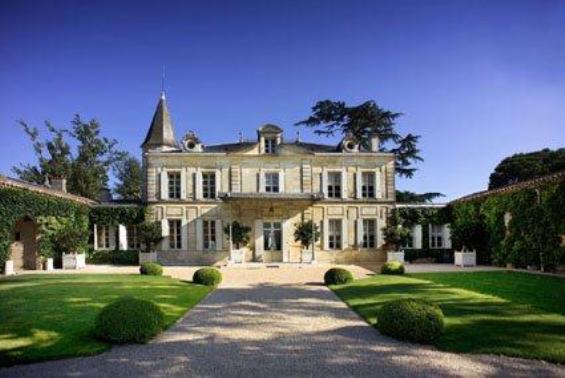1953 Ch├óteau Cheval Blanc St. ├ēmilion Grand Cru Bordeaux France Wine Tasting Note
10683 Views
|
Much better on the palate, with its lush textures, than on the nose, due to its strong nutty character. More than fully mature, if you are sitting on any, the wine is going to continue losing fruit from here. 3,821 Views Tasted Dec 29, 2018This bottle was more than fully mature, with serious brickng in its color. Better on the complex nose, with its truffle, stone, plum, earth, smoke, cigar box and cola scents than on the palate. While the texture is pure softness, coupled with the patina of age, the fruit is fading, leaving you with soft, earthy plums and cherries. Drink up if you are lucky enough to have a bottle. 6,862 Views Tasted Mar 20, 2014 |

When to Drink Chateau Cheval Blanc, Anticipated Maturity, Decanting Time
Chateau Cheval Blanc can be enjoyed on the young side with decanting, but the wine is much better wine, these days. Young vintages can be decanted for an average of 2-4 hours, give or take.
This allows the wine to soften and open its perfume. Older vintages might need very little decanting, just enough to remove the sediment. Chateau Cheval Blanc is usually better with at least 12-15 years of bottle age.
Of course, that can vary slightly, depending on the vintage character. Some of the best vintages take over 20 years before they are mature! Chateau Cheval Blanc offers its best drinking and should reach peak maturity between 15-50 or more years of age after the vintage.
Serving Chateau Cheval Blanc with Wine and Food Pairings
Chateau Cheval Blanc is best served at 15.5 degrees Celsius, 60 degrees Fahrenheit. The cool, almost cellar temperature gives the wine more freshness and lift. Chateau Cheval Blanc is best paired with all types of classic meat dishes, veal, pork, beef, lamb, duck, game, roast chicken, roasted, braised, and grilled dishes. Chateau Cheval Blanc is also good when matched with Asian dishes, rich fish courses like tuna, mushrooms, and pasta.
Le Petit Cheval Bordeaux Blanc, the white wine of Cheval Blanc
Starting with the 2015 vintage, Cheval Blanc started producing a dry, white Bordeaux wine called, "Le Petit Cheval Bordeaux Blanc". To avoid confusion with their second wine, Le Petit Cheval, on the label for the white wine the printing is in silver and the bottle will have a silver capsule. For the initial vintages, the wine was produced using 100% Sauvignon Blanc.
Starting with the 2018 vintage, the wine comes from a blend representing the vineyard plantings of 80% Sauvignon Blanc and 20% Semillon planted on a 1.4-hectare parcel of vines. The grapes are planted in the vineyard located just across the road from Cheval Blanc in the vineyards previously used by La Tour du Pin.
As we mentioned earlier, the owners of Cheval Blanc purchased La Tour du Pin in 2006. The first vintages of white wine produced were not available for sale to the public. 2015 is the first commercial vintage.
To produce the wine, the grapes are entirely barreled fermented. There is no malolactic fermentation. The wine is aged in 3, large 400-liter oak barrels. The wine is going to be hard to find as not much is produced. The initial release will be about 400 cases and by 2020, the production should increase to an average of 1,250 cases.
Le Petit Cheval will be sold as a generic AOC white Bordeaux Blanc because AOC law does not allow white wine grapes in Saint Emilion. According to Pierre-Olivier Clouet, the Technical Director of Cheval Blanc who spearheaded the project, the wine reminds him in some ways of a great Sancerre from the Loire Valley.
Cheval Blanc also maintains an interest in the Mendoza region of Argentina where they produce the wine Cheval des Andes.

